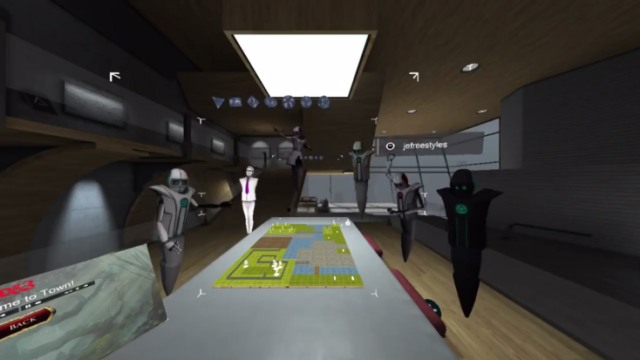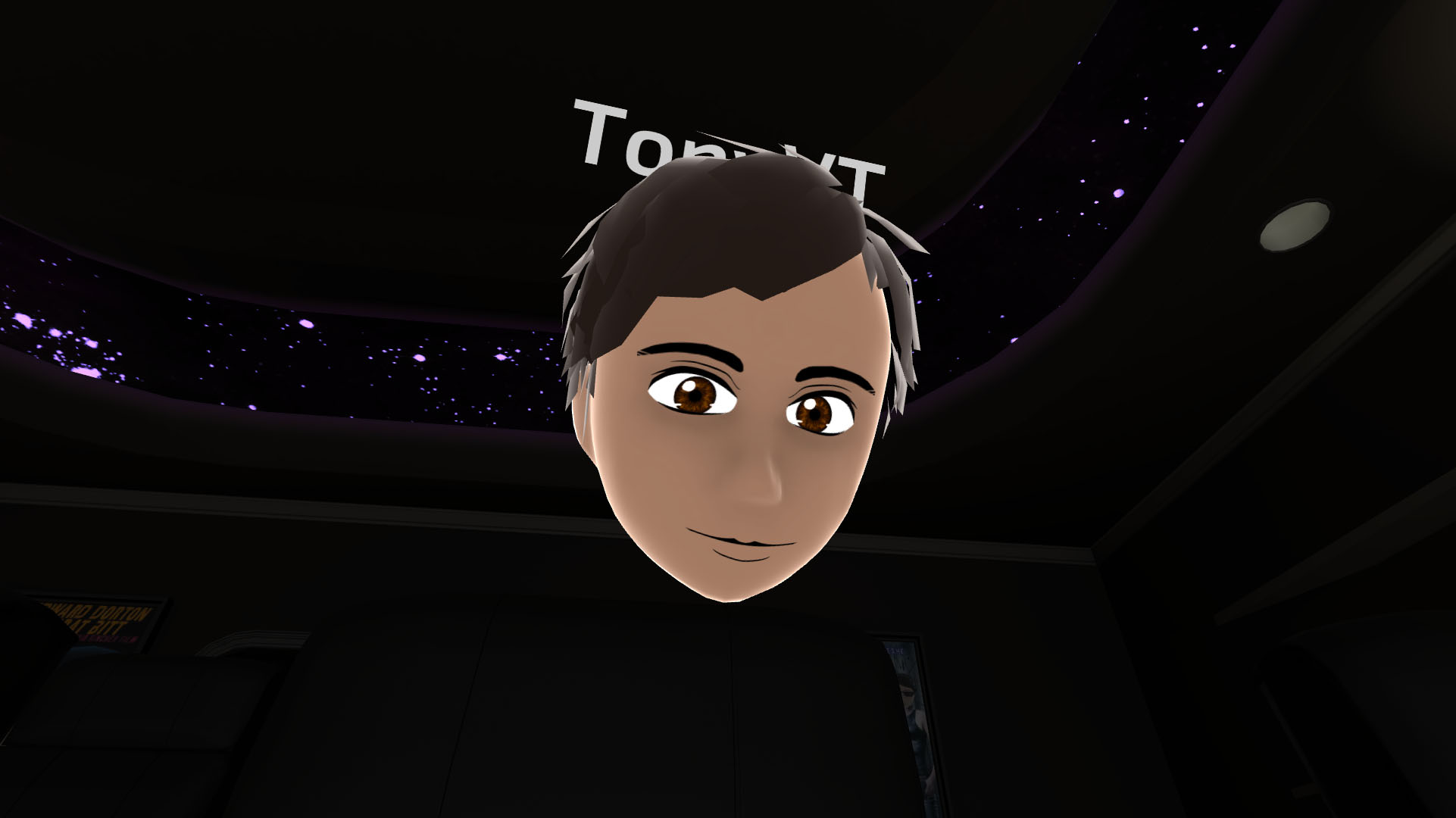The greatest problem of Social VR is friction, not adoption
Today I was reading an UploadVR article about social VR: the article showcased how social VR will be enormous (with Facebook and others investing lots of money into it) but it has a present problem called adoption. I agree with everything inside that article (I’ve in this blog various articles that say that social VR is cool, like this one): social VR will be enormous and super-important (let’s all think how it will be cool to meet in VR with our far away grandpa or how it will be cool cooperating with teamworkers that are on the opposite side of the planet); but currently it has a clear adoption problem, meaning that very few people have VR devices, so we can’t meet with our friends in VR: many of my friends do not own a VR headset (some of them do not even know what VR is), so having a social VR ecosystem is very difficult. It will need time, they say: when we’ll all have VR devices, social VR will be huge, will be fantastic.

And I agree. Or maybe not. After reading the article I had a “ehm, no” feeling. In my opinion, social VR will be great, but it will not be enormous. I mean, it will be like Skype (and Skype is a service we all use) but it will not be like Facebook. And the reason is friction.
What is friction? Well, “friction” is a term that means the difficulty of doing something, the boredom of doing all necessary steps to reach a goal. Let me explain that with an example: Blockbuster was a great service for seeing movies, but you had to go to the shop and get the tape, then going back home, seeing the movie, then returning the tape to the shop. These are very simple steps, but require you to waste time. Netflix makes you buy a movie just with a click. Guess what service died and which one survived. The more you remove friction, the more probably you have success: lots of startups are born just to remove friction on existing services (think about the Netflix example, for instance). I’m a fan of blog NirAndFar… and he talks a lot about this issue.
Returning on my Skype vs Facebook example (not the perfect example… but you got the idea, I guess): Facebook, Snapchat, etc… have founded the social era thanks to smartphones. You go everywhere with your smartphone in the pocket, then you hear a notification, just tap the screen, read the social posts and reply… and then you easily put the phone inside your pocket again. Friction? Almost zero. Everything is super-easy. Let’s think about the same experience again, in VR. You are on a bus. You get the notification on your phone about someting that one of your VR friends has made. You have to put the headset on (really? On a bus? And then… where have you carried this headset all the time? In a bag there on purpose?), wait for the VR runtime to load and then interact (again, how? VR interaction is still super-rough). Even if you’re not in a bus, but you’re home, it requires you to wear the headset for each notification and it is a pain. So, notification-based social networks are impossibile with VR.

Social networks success has been due to smartphones, because:
- you can carry them everywhere;
- you can see a notification whatever thing you’re doing and answer them in a very casual way. That’s why smartphones are terrible for our productivity.
You can’t do these things with VR. If in the short future we will wear VR glasses when using our PCs, then the second point can be a non-issue while we’re at home attached to our PC… but the first point still remains an issue. With social VR you have to decide that you want to have a social VR experience and then have it by wearing a headset and starting a social VR application. Our brain is one of the laziest organs of our body: for it, “deciding” is something terrible… it is better that things happen by chance. So the chances of using VR social applications is lower.
Again, I’m not meaning that social VR won’t be successful: there are lots of spaces where people employ their time because they want it: World Of Warcraft makes bazillions of dollars each day. But it can’t be pervasive. It can’t be the next social platform, in the facebook-sense of term “social”. It can be the next videoconferencing / videocalls platform; it can be the next remote working platform; it can be the next multiplayer experiences platform. But the true social is something different… it is something we use continuously to share informations in a casual way.
That level will be reached by augmented reality: if you wear a glass all the day (since AR lenses are transparent, you can), you have even less friction than with smartphone (you don’t have to take the phone out of your pocket, for example). You can see effortlessly post, 360videos, etc… just keeping the glass on your face. That’s why AR will be the real next computing platform and it will “include” VR (we all know that in the future the same glass will do AR and VR). And that’s why all major companies (Apple, Microsoft, Facebook (Oculus), etc…) are investing in AR. Because AR, apart from being super-cool, removes friction and enhances new kinds of interactions. With AR we can be connected with our friends every time, we can see them inside our home, while we keep doing other things: I can cook and in the meanwhile see a friend staying virtually inside my house. Social AR has not been that investigated now, but, in my humble opinion, will be really huge, since it will let you communicate every moment and without effort, with all people of the world.
Disclaimer: this blog contains advertisement and affiliate links to sustain itself. If you click on an affiliate link, I'll be very happy because I'll earn a small commission on your purchase. You can find my boring full disclosure here.



